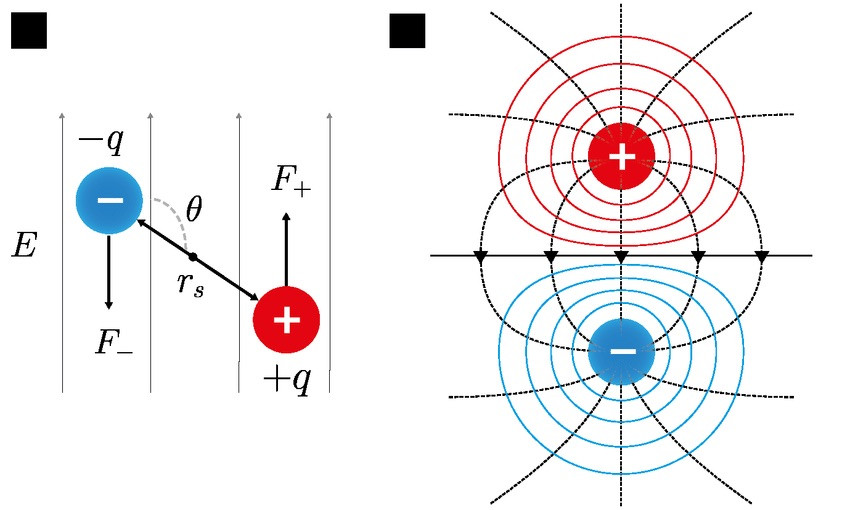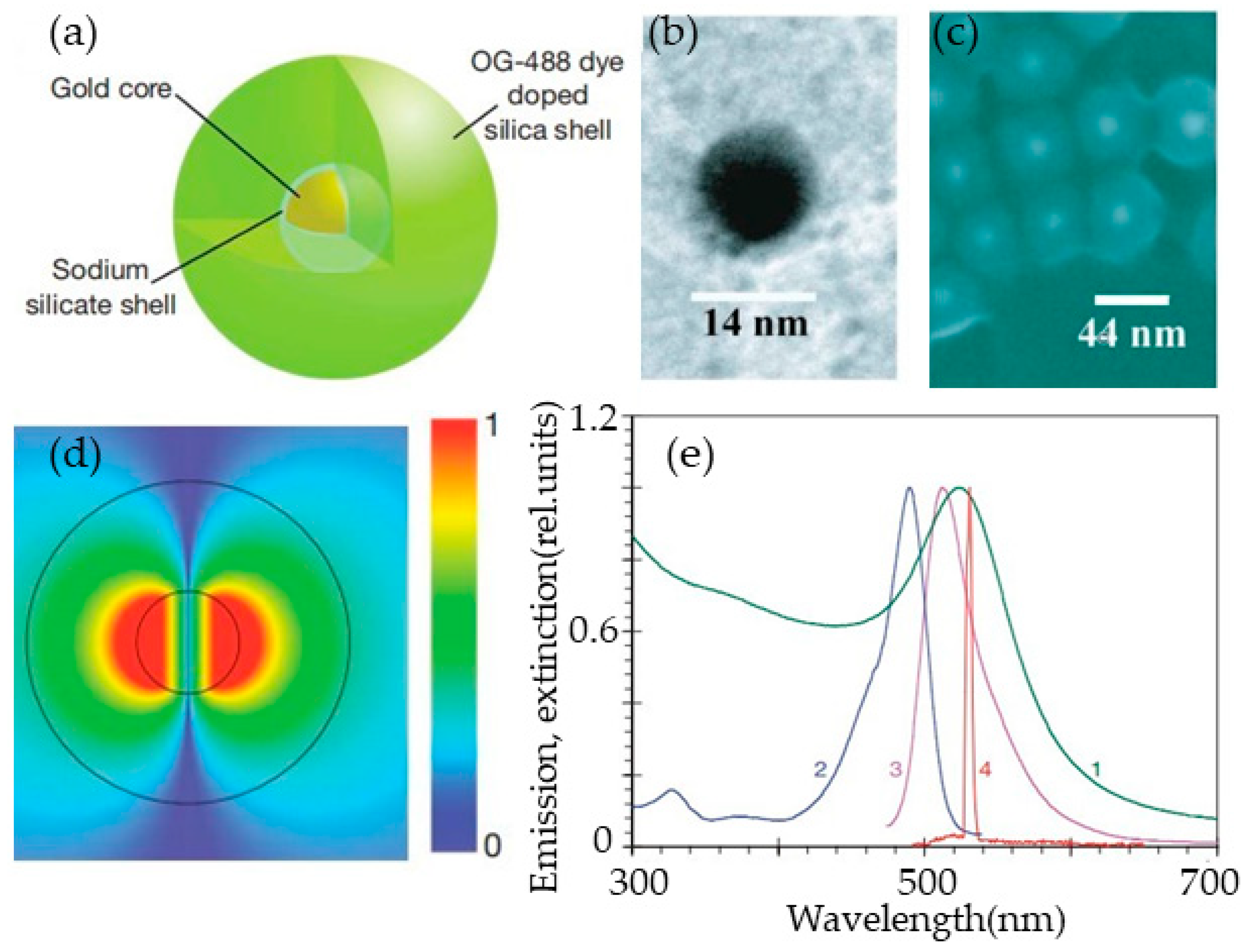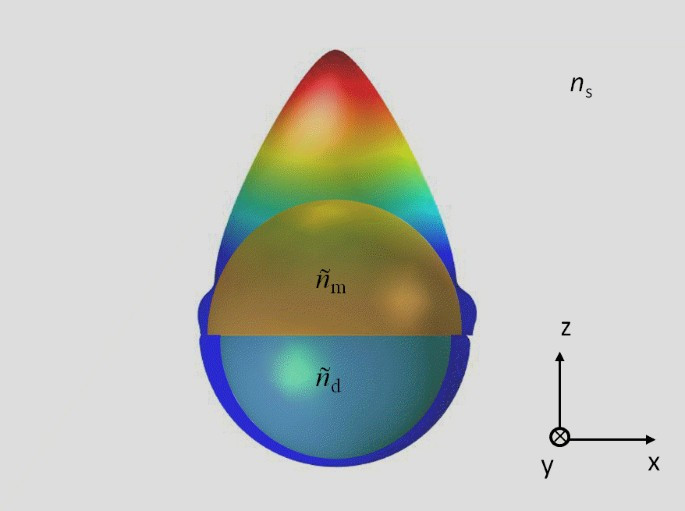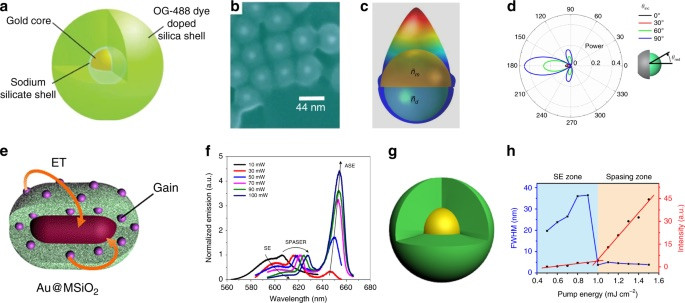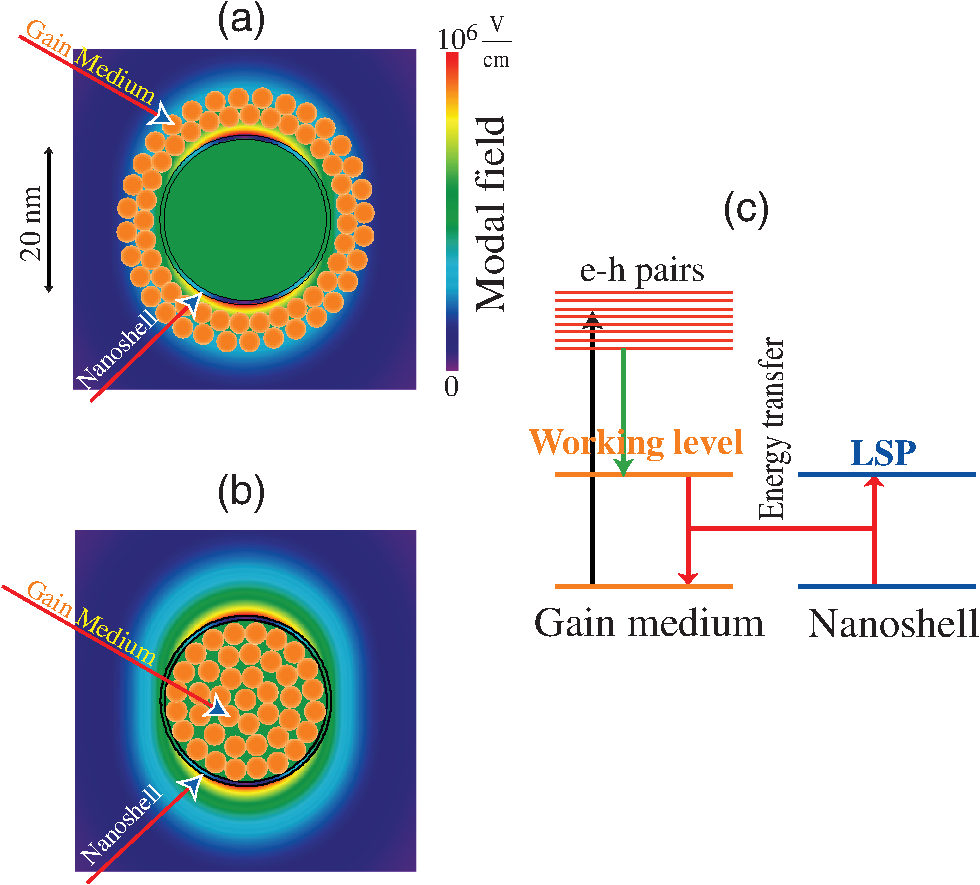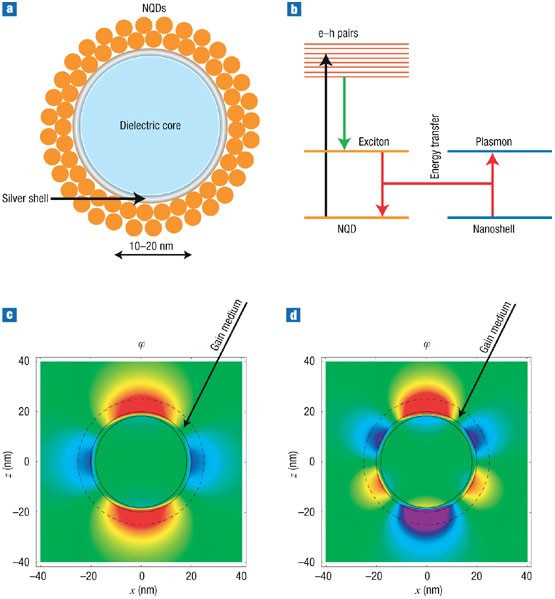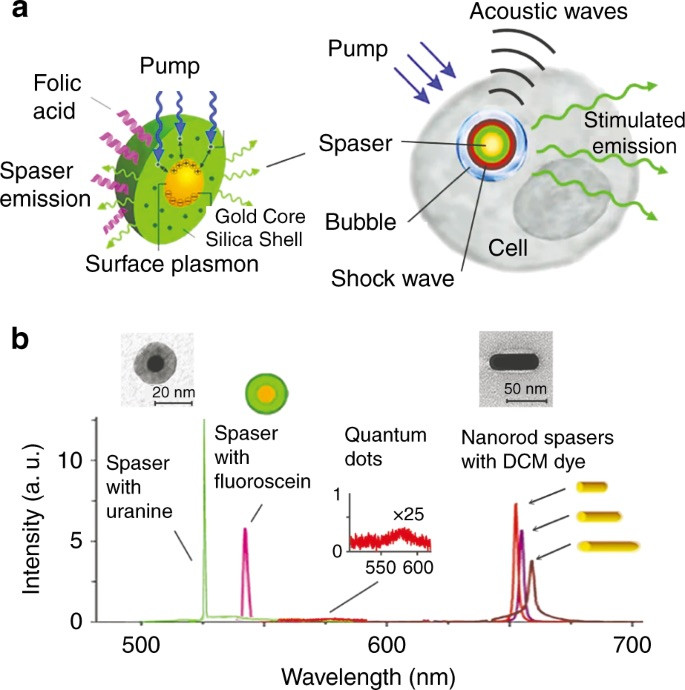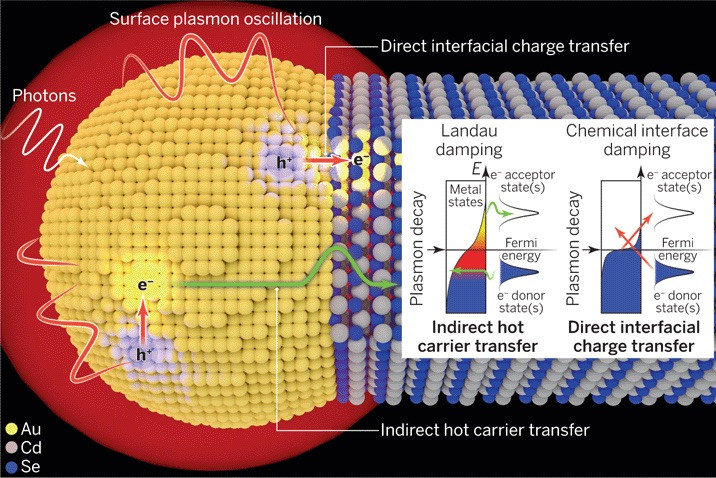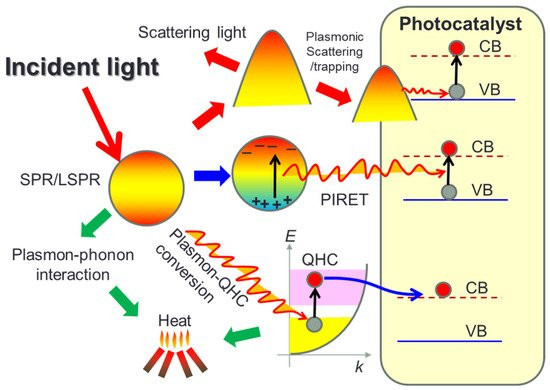🍊ChildOfGod⛪Patriot🇺🇸FreedomFighter🗽DigitalSoldier👩💻Covfefe is "In the end we win.✝️"God woke you for a reason.侘寂 🌴
☀️☀️☀️ Honesty is the first chapter in the book of wisdom THOMAS JEFFERSON 🇩🇪 🇺🇸 🌍 .......Back on TWITTER as @AgnesdeBerlimon 🧚
In addition to the new data, this report also summarizes our current views regarding UVC-induced activations of HIV gene expression in stably transfected cells...
☀️☀️☀️ Honesty is the first chapter in the book of wisdom THOMAS JEFFERSON 🇩🇪 🇺🇸 🌍 .......Back on TWITTER as @AgnesdeBerlimon 🧚
Unfortunately, I am neither a doctor nor a scientist, that I understand this now adhoc, but it sounds interesting. Sorry 😬
Light activated viruses?
☀️☀️☀️ Honesty is the first chapter in the book of wisdom THOMAS JEFFERSON 🇩🇪 🇺🇸 🌍 .......Back on TWITTER as @AgnesdeBerlimon 🧚
My english is so bad, ...isn't UV light killing Viruses ? 🤔
Yes.
Wild-Type Mac
Leptoshpaeria schematic
Leptosphaeria rhodopsin (Mac) is a blue-green light-activated proton pump derived from the fungus Leptosphaeria maculans. Mac and its variants allow for inhibition of neurons using blue-green light.
When designing your optogenetics experiment, you’ll need to pick both an opsin and a delivery system. Here are some key factors to consider:
Optogenetic excitation or optogenetic inhibition. First things first: do you want to turn ON or turn OFF neurons in your experiment? Depending on your answer, you’d pick an excitatory or inhibitory opsin, respectively.
Supply wires for small voltage DC often use red for positive, black for ground and blue for negative.
Quenching refers to any process which decreases the fluorescence intensity of a given substance. ... Quenching and dequenching upon interaction with a specific molecular biological target is the basis for activatable optical contrast agents for molecular imaging.
In optics, photobleaching (sometimes termed fading) is the photochemical alteration of a dye or a fluorophore molecule such that it permanently is unable to fluoresce. This is caused by cleaving of covalent bonds or non-specific reactions between the fluorophore and surrounding molecules.
Here we report two types of defect-induced photoluminescence (PL) blinking behaviors observed in single epitaxial InGaAs quantum dots (QDs). In the first type of PL blinking, the “off” period is caused by the trapping of hot electrons from the higher-lying excited state (absorption state) to the defect site so that its PL rise lifetime is shorter than that of the “on” period.
For the “off” period in the second type of PL blinking, the electrons relax from the first excited state (emission state) into the defect site, leading to a shortened PL decay lifetime compared to that of the “on” period. This defect-induced exciton quenching in epitaxial QDs, previously demonstrated also in colloidal nanocrystals, confirms that these two important semiconductor nanostructures could share the same PL blinking mechanism.
A germicidal lamp is an electric light that produces ultraviolet C (UVC) light. This short-wave ultraviolet light disrupts DNA base pairing, causing formation of pyrimidine dimers, and leads to the inactivation of bacteria, viruses, and protozoa. It can also be used to produce ozone for water disinfection. They are used in ultraviolet germicidal irradiation (UVGI)
Negative-index metamaterial or negative-index material (NIM) is a metamaterial whose refractive index for an electromagnetic wave has a negative value over some frequency range.



